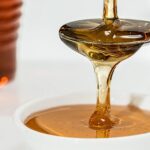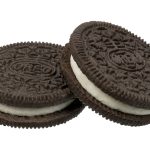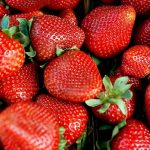
National Haiku Poetry Day
Haiku poetry is a form of Japanese poetry that consists of three lines with five syllables in the first line, seven syllables in the second, and five syllables in the third. This poem structure was adopted from the hokku—the opening three lines of the poem tanka.
During the 17th century, haiku became its own poetry form, and as of 2012, it has been commemorated with a holiday known as National Haiku Poetry Day. This holiday is observed annually on April 17th and encourages everyone not only to read haiku poetry but also to try their hand at penning their own poems.
The History of National Haiku Poetry Day
The history of this holiday goes back to 2007 when the Haiku Foundation created it. Although this holiday didn’t gain much momentum at first, over the past few years, it has gained quite a bit of attention, and more people are beginning to observe it nowadays.
Fun Facts About Haiku Poetry
Because we’re having so much fun with haiku poetry, we thought that we’d take a few moments to list a couple of facts about the haiku form that we think people reading about National Haiku Poetry Day might be interested in.
Haiku Started in 17th Century Japan
We already covered this a bit, but we thought that we’d dig a little bit deeper. Poets such as Basho, Buson, and Shiki helped to popularize the haiku form during the 17th century, and the poet Shiki coined the term “haiku.”
The haiku evolved from the practice of Zen meditation as Basho practiced it while in isolation, and the poetry form allowed him to contemplate his spirituality and his isolation from the world.
Haiku Is an Efficient Poetry Form
Because the haiku is so short, it has to rely on simple phrases. This means that each of the words in the poem has to carry more emotional and intellectual “weight” than other forms of poetry. As a result, haiku poets choose their words very carefully.
Haiku Is a Very Visual Poetry Form
Another thing that people might want to know about haiku is that it’s a very visual poetry form. This is due to the fact that visual images carry more information more efficiently than other sensory forms, so haiku poetry focuses on images to maximize their effect. Haiku poets are especially fond of using images of nature in their poetry, but that’s not a prerequisite for writing a haiku.
A List of Some Famous Haiku Poets
We’d like to conclude this section by listing some of the famous haiku poets who’ve lived through history.
- Matsuo Bashō (1644–1694)
- Onitsura (1661–1738)
- Yosa Buson (1716–1783)
- Taneda Santoka (1882–1940)
- Iida Dakotsu (1885–1962)
- Nakamura Kusatao (1901–1983)
Observing National Haiku Poetry Day
The best way to observe this holiday is to take some time to read some haiku poetry and to learn the form. Haiku is a minimalistic poetry form that can convey a surprising amount of emotion, so it’s definitely worth trying out. While observing this holiday, be sure to use the hashtag #NationalHaikuPoetryDay to spread the word about it.








